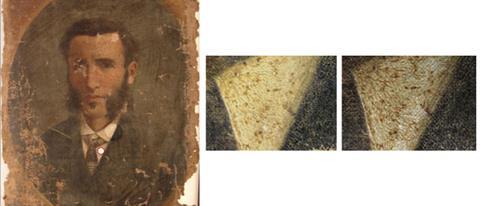Painting restoration could be yet another application for ionic liquids, new research shows. The work paves the way to safer procedures for cleaning paintings.
Over time, varnish applied to the top of oil paintings tends to yellow and accumulate dirt. Current conservation methods involve cleaning paintings with organic solvents but these pose environmental and health risks. Now, researchers in Portugal have demonstrated that using ionic liquids is a less toxic way to remove varnishes from paintings.

Andy Abbott, an expert in ionic liquids from the University of Leicester, UK, thinks this is interesting work, but has reservations that some of the ionic liquids used in the study would make their application impractical. ‘The paints contain metal complexes, which in the presence of strong ligands [from the ionic liquids] could change their speciation and therefore colour. Also, they might hydrolyse in water, yielding products that could attack some of the components in the paint or canvas.’
Parola reacted to this by explaining that the ionic liquids chosen for the study are generally poor ligands for metal complex formation and inorganic or stable organic anions were used to confer good stability towards water hydrolysis. Taking this into account, he is confident that the commercial availability of several ionic liquids used in this work and the easy cleaning procedure involved may lead to these solvents being an additional tool for painting restoration in the future.






No comments yet